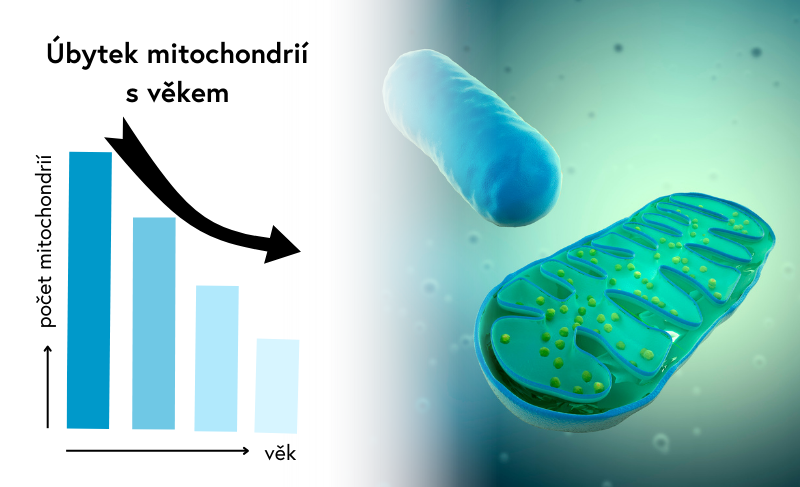Preview: Do you also feel like you see fewer colors? If you are 40+, it is no surprise—it is normal. But if you do not want to accept it, we have good news for you. A clinical study has shown that after repeated or even short exposure to red light, you can see contrasts and colors “like in your youth.” Three minutes a day are enough to improve color contrast sensitivity by up to 20%, and the effect lasts for an entire week! This is also why full-spectrum lighting that includes a red part of the spectrum, like sunlight, can have additional beneficial effects in your office, school, or meeting room. Read more below.
Red light plays an irreplaceable role not only in natural daylight but also in artificial lighting. You may have already heard about its photobiomodulation effects, which help fight oxidative stress, or about its impact on visual comfort and color rendering fidelity, expressed by the CRI index (Color Rendering Index). However, a 2021 study brought another surprising discovery—a short exposure to red light at a wavelength of 670 nm can significantly improve color contrast sensitivity, which naturally deteriorates with age.
Aging and Vision: What Happens in Our Eyes?
With increasing age, there is a natural decline in mitochondria—cellular factories that produce energy in the form of ATP (adenosine triphosphate). This leads to the deterioration of cellular functions and a decreased ability to cope with oxidative stress. Scientific studies show that exposure to long-wavelength light (650–900 nm) can support mitochondrial function restoration and increase ATP production, which is especially critical for retinal photoreceptors. These have extremely high energy demands, and their gradual weakening leads to reduced visual performance. After the age of 40, up to 30% of central rod cells die, while cone cells remain, but their functionality significantly decreases. This is precisely why their regeneration becomes essential.
A Short Exposure to 670 nm Red Light Improved Color Contrast Sensitivity
A 2021 clinical study, conducted on individuals aged 37 to 70 years, showed that short, morning, three-minute exposure to 670 nm light at an intensity of 8 mW/cm² on the cornea led to significant improvement in color contrast, processed by cones to a level typical in younger populations. The effect lasted up to one week from a single exposure.
Key Findings:
- Improvement in contrast sensitivity approximately 17% for the blue-yellow axis (tritan) and about 12% for the red-green axis (protan) after 3 hours post-exposure. When the population was divided by age, the improvement was up to 20% for tritan and 13% for protan, as shown in the following table.
- The best effects were achieved in the morning hours (8–9 AM), likely due to the daily cycle of mitochondrial activity.
- After one week, the effect was still noticeable, though slightly weakened—10% (tritan) and 8% (protan).
- Individual differences in results suggest that other factors may also influence the response.
Can Natural Daylight or Full-Spectrum Light Sources Have the Same Effects?
Light at 670 nm wavelength is naturally present in daylight, but its intensity compared to experimental exposure is much lower (in logarithmic units). The question remains whether natural light or full-spectrum artificial lighting can have a similar effect. Studies show that mitochondria strongly absorb short-wavelength (blue) light, which reduces their function. It is therefore possible that the red spectral component balances out the effects of blue light to maintain a certain equilibrium. Similar findings were observed in other studies, which you can read more about HERE.
Conclusion: Be Mindful of the Light Around You
Today, we live in a world where we are exposed to artificial lighting daily—often even at night, when we should naturally be in darkness. We are rarely adapted to true darkness, where rod cells would fully take over visual processing. Therefore, supporting cone function, which declines with age, becomes essential.This study has shown that red light can play a crucial role in supporting eye health. When choosing light sources for daylight use, focus on balanced spectrum lighting with a sufficient red component—not just for visual comfort, but also for long-term eye health.
Mgr. Tereza Ulrichová, Spectrasol
Literature:
Shinhmar, C. Hogg, M. Neveu, a G. Jeffery, „Weeklong improved colour contrasts sensitivity aftersingle 670 nm exposures associated with enhanced mitochondrial function“, Sci Rep, roč. 11, č. 1, s. 22872, lis. 2021, doi: 10.1038/s41598-021-02311-1.
Translated using AI



